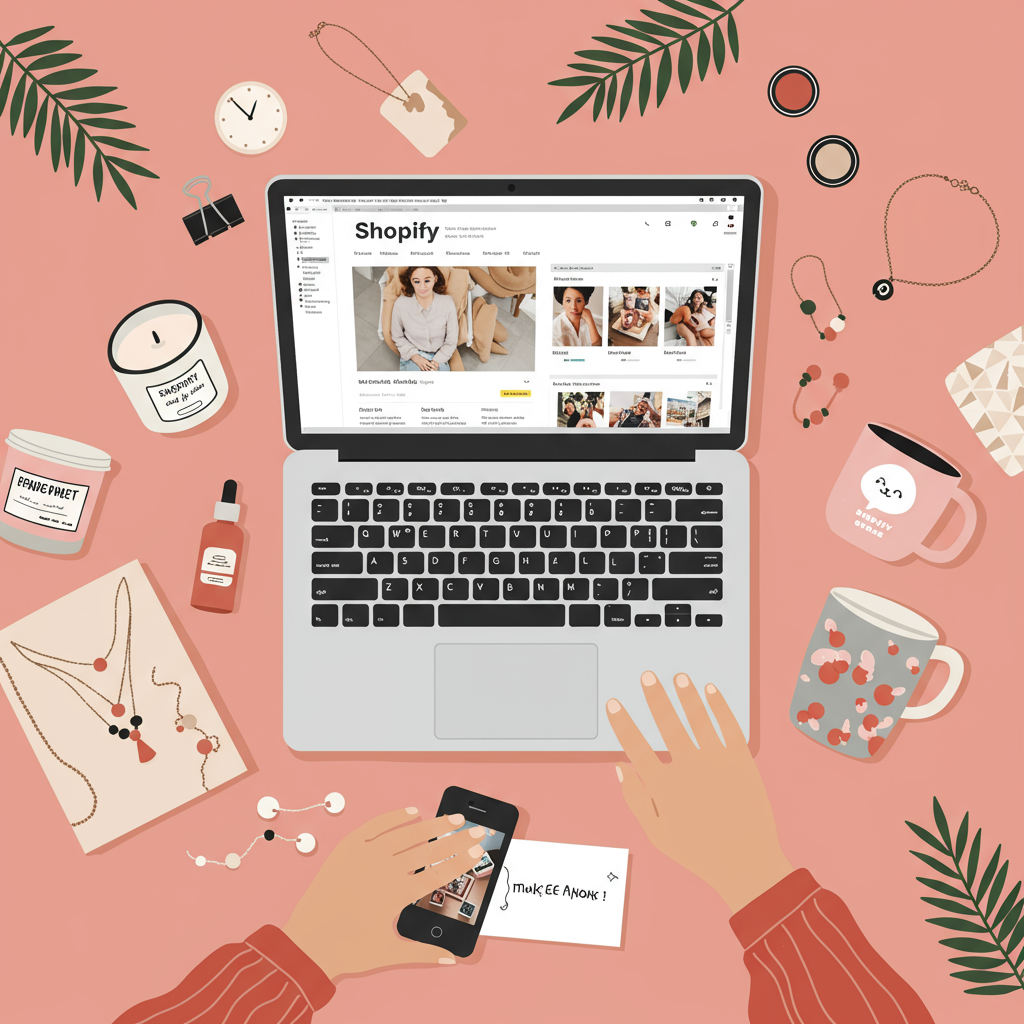Discover how leveraging Pinterest’s visual power and trusted influencers can significantly boost your e-commerce presence and sales.
As a Shopify merchant, I’m always on the lookout for innovative ways to expand my reach and connect with potential customers. One platform that has consistently proven its worth, often underestimated, is Pinterest.
It’s not just a social media site; it’s a visual discovery engine, a place where people go to plan, dream, and ultimately, buy. This unique intent makes it incredibly powerful for e-commerce.
My journey into Pinterest influencer marketing began when I realized the limitations of traditional advertising. I wanted a more authentic connection, a way to build trust with my audience.
That’s where influencers come in. They’ve cultivated a loyal following, and their recommendations carry significant weight. On Pinterest, this translates into inspiration that leads directly to action.
Unlike fleeting Instagram stories or rapid-fire TikToks, Pinterest content has a much longer shelf life. A well-crafted Pin from an influencer can continue to drive traffic and sales for months, even years.
So, how do we, as Shopify store owners, tap into this potential? It starts with understanding the unique ecosystem of Pinterest and identifying the right partners.
My first step is always to define my target audience. Who are my ideal customers? What are their interests? What kind of aesthetic resonates with them? This helps me narrow down my search for influencers.
I then begin my search directly on Pinterest. I look for popular boards related to my products, searching for keywords that my customers might use. This often reveals influential Pinners who are already creating relevant content.
Another effective method I’ve used is exploring influencer platforms. While some are general, others specialize in visual content creators, making it easier to find Pinterest-specific talent.
I also pay close attention to what my competitors are doing. If they’re collaborating with certain Pinners, it’s a good indicator that those influencers might be a good fit for my brand too.
Once I’ve identified potential partners, the vetting process is crucial. I don’t just look at follower count; engagement is far more important. Are their Pins being saved, clicked, and commented on?
I dive deep into their audience demographics to ensure there’s a strong overlap with my own target customers. It’s about quality over quantity every single time.
The aesthetic and quality of their existing content are also paramount. Their style needs to align with my brand’s image. Authenticity is key; I want genuine enthusiasm, not just a paid promotion.
When reaching out, I always make my proposal clear and concise. I explain why I believe their audience would resonate with my products and what kind of collaboration I envision.
I’m prepared to offer a fair exchange, whether it’s free products, monetary compensation, or a commission-based affiliate model. Transparency from the start builds a strong foundation.
For Shopify merchants, integrating Pinterest influencers effectively means optimizing your store. Ensure your product images are high-quality and Pin-worthy.
I always make sure my Shopify store utilizes Rich Pins. These automatically pull important information like price, availability, and product descriptions directly onto the Pin, making it more informative and clickable.
Consider creating a dedicated landing page on your Shopify store for specific influencer campaigns. This allows for a tailored experience and easier tracking of conversions.
Types of collaborations can vary. Sponsored Pins are common, but I’ve also explored board takeovers, where an influencer curates a board featuring my products for a set period.
Product reviews and showcases are powerful, especially when the influencer genuinely loves the item. Affiliate marketing, where they earn a commission on sales, is also a great performance-based option.
When it comes to content creation, I provide clear guidelines but also give the influencer creative freedom. They know their audience best, and authentic content performs better.
High-quality visuals are non-negotiable. I encourage them to use lifestyle shots that inspire, rather than just product shots. Clear calls to action are also vital.
I always ensure that tracking links, like UTM parameters, are used. This allows me to accurately measure the traffic and sales generated directly from their Pins within my Shopify analytics.
Measuring success isn’t just about immediate sales. I look at Pinterest Analytics for impressions, saves, and outbound clicks. Then, I cross-reference this with my Shopify data for referral traffic and conversion rates.
It’s an iterative process. I analyze what worked well and what didn’t, then refine my strategy for future collaborations. Not every campaign will be a home run, but consistent effort yields results.
One common pitfall I’ve learned to avoid is not clearly defining expectations. A detailed agreement or contract, even for smaller collaborations, can prevent misunderstandings.
Also, always ensure that influencers disclose their sponsored content, adhering to FTC guidelines. Transparency builds trust with their audience and protects your brand.
Ultimately, Pinterest influencer marketing is about building relationships and inspiring discovery. It’s a long-term play that, when executed thoughtfully, can significantly elevate your Shopify store.
It’s a powerful channel for driving not just traffic, but highly engaged, purchase-intent traffic to your products. I’ve seen firsthand the impact it can have on brand visibility and sales.
What do you think about this article? Have you tried Pinterest influencer marketing for your Shopify store, and what were your experiences?
I encourage you to explore this avenue. Start small, learn, and watch your brand’s presence on Pinterest flourish, leading to tangible growth for your e-commerce business.






